Relate knowledge of 3D nets to the real world with this student-led mathematics project.
Why Apply Maths Skills to Real-World Scenarios?
Show your students how their maths knowledge can be applied to the real world with an open-ended maths investigation!
Linking the content of the maths curriculum to the world in which they live can help students see the relevance of mathematics in their lives.
Open-ended tasks also provide wonderful opportunities for differentiation, enabling students to feel confident and successful as they engage with tasks at their own individual level.
Which Net Fits Best?
The Scenario
The students work for a company that manufactures packaging boxes. The company has always made boxes that are rectangular prisms. A new client requires a box that is a cube. They have also sent the graphics (text and images) they wish to be printed on each face of the box.
The Task
The students’ task is to work in a team to find all 11 possible nets that make a cube. They will then investigate which net the company should manufacture, ensuring the least wastage when the net templates are laid next to each other and cut out of the large sheets of cardboard used. The team will also need to work out where on the net each graphic will need to be placed so they are positioned correctly when folded.
Throughout the investigation, the students will:
- Record their prior knowledge (what they already know about a cube).
- Find the 11 nets for a cube and draw these on grid paper.
- Explore how and where nets are connected and sketch different options.
- Plan which net will fit best with the least unused space and wastage.
- Draw the tiled net and how it will be arranged.
- Determine the position of the graphics on the net, then sketch the configuration.
- Draw and make the team’s net out of cardboard.
- Engage in the feedback process and evaluate the final product.
What Is Included in This 3D Nets Maths Investigation?
You’ll find everything you need to implement this 3D nets project in the comprehensive student workbook. The workbook contains the following:
- Teacher notes, detailing a range of important information about the investigation
- A detailed description of the investigation for students, including step-by-step instructions
- Various planning worksheets and templates
- Reflection questions
- An answer sheet
- A sample marking rubric.
Download to Get Started!
Access the student workbook via the Download button at the top of the page. Use the dropdown arrow to select between the editable Google Slides file or the easy-print PDF.
To save paper, we recommend that you print the workbook as a double-sided document.
As the download includes teacher notes and an answer sheet, we recommend printing one copy of the document, then separating the student worksheets for photocopying.
This resource was created by Leeanne Blanckensee, a Teach Starter collaborator.
Looking for more resources to complement your lessons on 3D nets? Try these out for size!

teaching resource
Nets of 3D Objects
Create a variety of 3D shapes with this comprehensive set of net templates.

teaching resource
3D Objects and Nets - Interactive Activity
Explore the connection between 3D objects and their nets with this engaging digital activity.

teaching resource
Nets of 3D Objects - Poster
A poster highlighting the nets of a selection of 3D Objects.
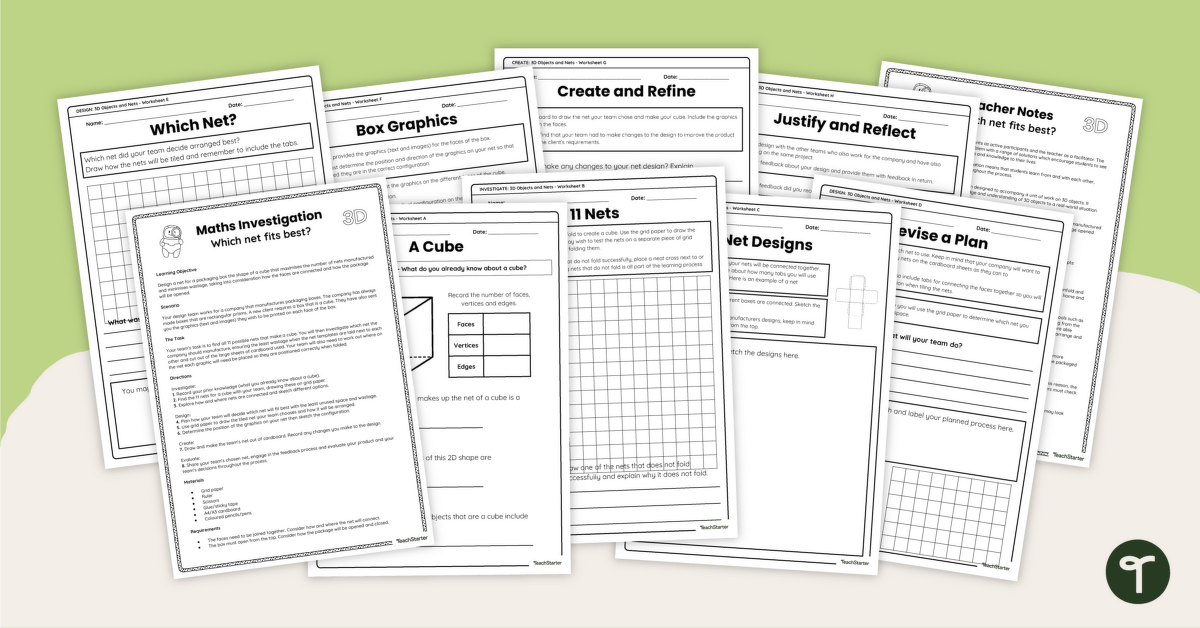
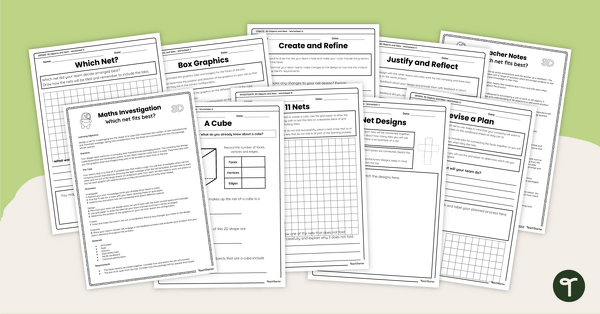

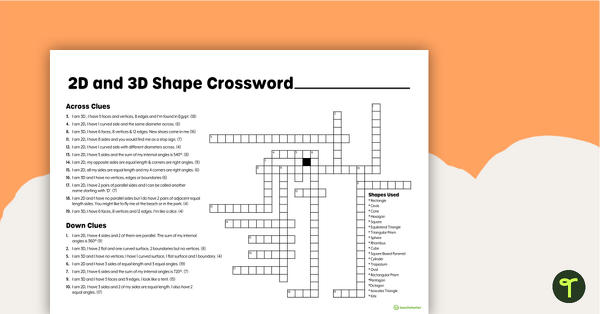
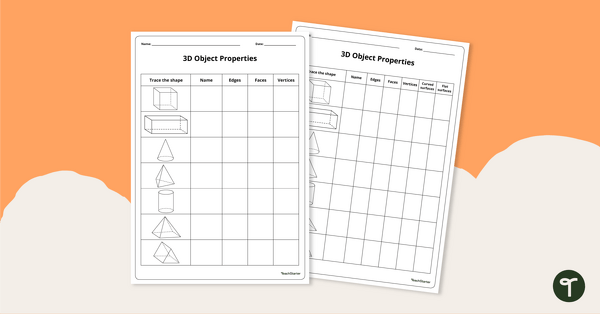
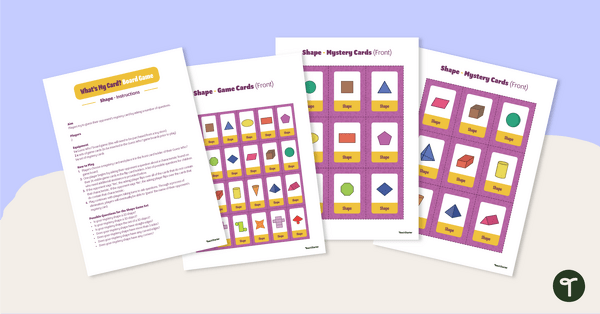
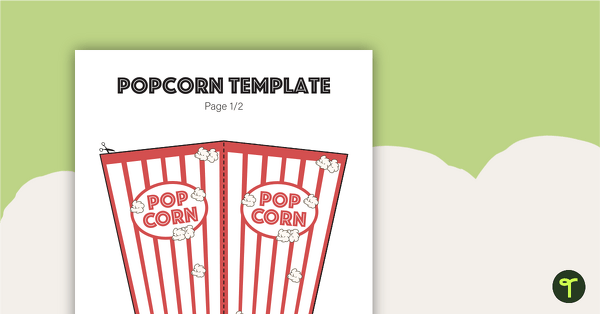
0 Comments
Write a review to help other teachers and parents like yourself. If you'd like to request a change to this resource, or report an error, select the corresponding tab above.